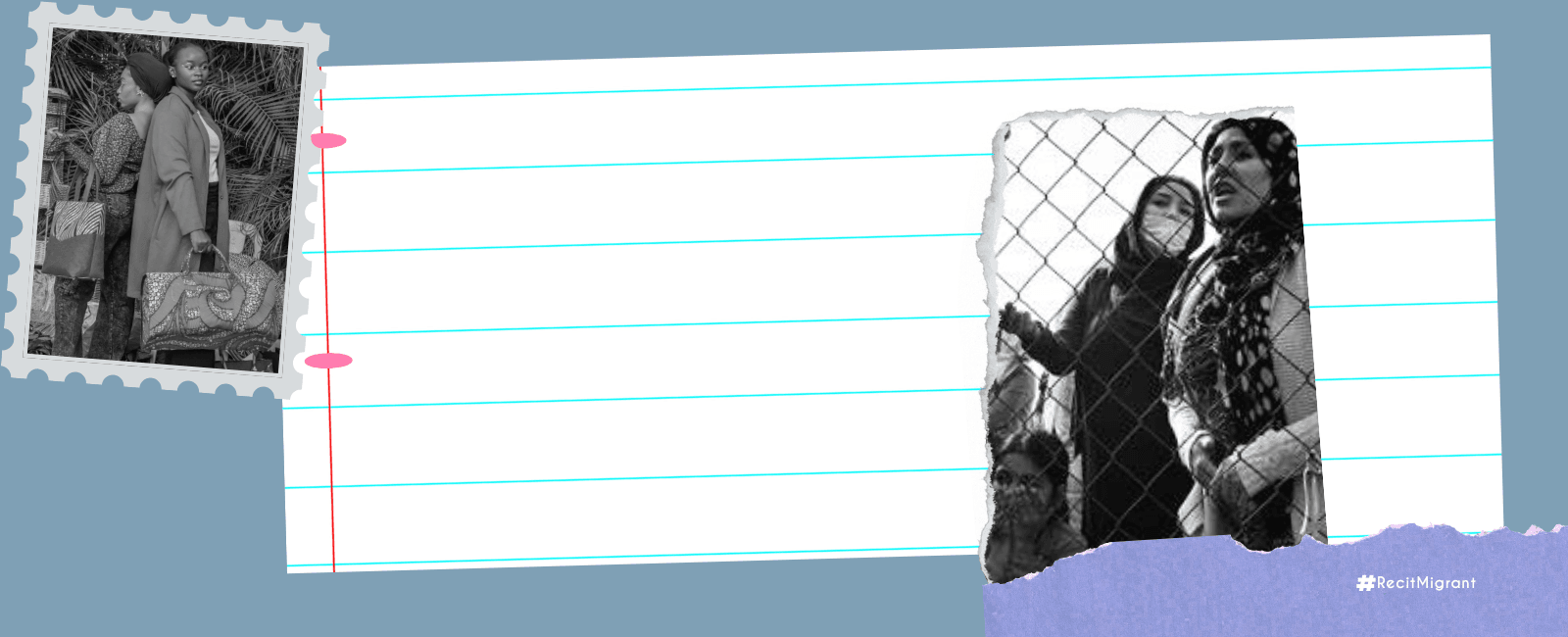

“How do gender relations shape migration experiences around the world? is a question that lies at the heart of current debates on international migration.This article explores the critical links between gender and migration, analysing the specific dynamics of women’s migration and the unique challenges faced by migrant women globally. It examines how gender roles and power relations influence migration decisions, routes, opportunities and outcomes, shedding light on the structural inequalities that shape the experiences of women on the move.
Gender, as a process of differentiation and hierarchy between the sexes, has a profound impact on global migration. It influences a wide range of factors, including the reasons for migrating, the forms of mobility, the gendered segmentation of global labour markets and the ability to cross borders. Women’s migration often differs from men’s due to the social roles and responsibilities traditionally assigned to them. Gender inequalities shape migration opportunities for both women and men, resulting in unequal experiences and outcomes across the globe.
Migration is a complex and multifaceted phenomenon that can be voluntary or forced, legal or irregular, long-distance or local. It is driven by a variety of factors, including family reunification, employment opportunities and the pursuit of asylum. Women’s migration, in particular, takes on diverse forms and is shaped by a web of interconnected social, economic and political dynamics. In this context, gender, as understood in its broadest sense, illuminates the diversity of migration experiences and underscores the complexity of migration processes, revealing how deeply they are shaped by social roles, power relations and systemic inequalities.
From invisibility of migrant women to recognition of their driving role in global migration flows
The integration of a gender perspective into migration analysis has been a slow and evolving process. Although women have always been part of migratory movements, they were often relegated to secondary roles and rendered invisible in both research and policy. For a long time, the dominant image of the migrant was that of a male labourer, crossing borders in search of work or economic survival.
It was only in the 1990s that we began to talk about the feminisation of migration, which seemed to indicate an increased participation of women in international migration flows. However, a closer analysis of the statistics shows that the proportion of women in the international migrant population has increased over the last 30 years. In 2020, of the 281 million migrants worldwide (3.6% of the world population) were women.
An increasing number of women are now migrating independently in search of work, often to more distant and unfamiliar destinations. Since the early 1980s, a growing proportion of women – whether single or married, and often better educated than their male counterparts – have embarked alone on international migration journeys. These women have become pioneers of family migration, frequently assuming the role of primary breadwinners for those they leave behind. This shift has significantly challenged traditional gender roles within households and societies.
Contrasting “Global South” migration policies
State migration policies have played a crucial role in shaping women’s migration patterns, particularly in sectors such as domestic and care work. In wealthier countries across Asia and the Middle East, governments have implemented targeted migration policies to address labour shortages in these areas.
However, these arrangements have often proven precarious for female migrant workers, who frequently lack the same rights and protections afforded to citizens of the host country: Lebanon is an example of such a host country.
In countries of origin, migration policies have often been marked by contradictions—simultaneously promoting and restricting migration. Governments such as that of the Philippines have institutionalised labour migration as a national strategy, using it to address persistent economic and employment challenges while relying heavily on the remittances sent by migrant workers. However, these policies are often shaped by a paternalistic approach, particularly towards women. While presented as protective, such measures frequently serve to limit women’s autonomy and restrict their freedom of movement.
Social reproduction, crisis, a global challenge
The neoliberal reforms of the 1980s and 1990s triggered a significant retreat of the state from key social sectors in many countries of the Global South. This withdrawal led to rising poverty and unemployment, as well as the erosion of public care services and social protection systems. The resulting restructuring gave rise to what is now widely referred to as a “crisis of social reproduction”, a situation marked by the marketisation of care services and the increasing transfer of caregiving responsibilities from the state to families, particularly to women.
In low-income countries, this crisis has disproportionately affected women and girls, increasing their burden of unpaid domestic and care work while also pushing them into degraded, often informal, labour markets. Faced with limited opportunities at home, many women have migrated to higher-income countries to work in the care sector, fueling what scholars have termed a global care chain. In this system, women from poorer regions provide care labour in wealthier societies, often at the cost of leaving their own families and care responsibilities behind.
The concept of “global care chains”, despite certain oversimplifications, has been valuable in drawing attention to the enduring nature of North-South dynamics, even as most migration remains internal (from rural to urban areas) or increasingly occurs between countries of the Global South. It also sheds light on the intersecting dimensions of class, gender and “race” that shape, absorb and structure both labour relations and migration flows.
Female migration: distinct and unequal experiences
Women account for around 48.1% of international migrants, making up a significant proportion of the world’s migrants. However, the experiences of men and women in work and migration are characterised by significant disparities due to a gendered and racialised division of labour that perpetuates inequalities.
Migrant women are often confined to precarious and low-paid jobs such as domestic work or caring for the elderly. These jobs are often characterised by difficult working conditions and limited rights. Furthermore, migrant women are more likely to experience violence and discrimination, particularly due to their migratory status and gender.
Therefore, it is crucial to recognise these disparities and implement policies that promote gender equality and protect the rights of migrant women worldwide. Programmes and projects such as the “Migration Policy Advisory Support” project implemented by the German Cooperation in Niger, should therefore be promoted further in developing countries.

Baltazar ATANGANA🇨🇲
Baltazar ATANGANA is a gender and development expert, with a specific geographical focus on Central and West Africa. He is the author of several articles and books, the most recent being Lutte de Femmes (2025). He has contributed to numerous studies and analyses, including « Ce qu’il faut questionner afin de mieux financer les organisations […]

